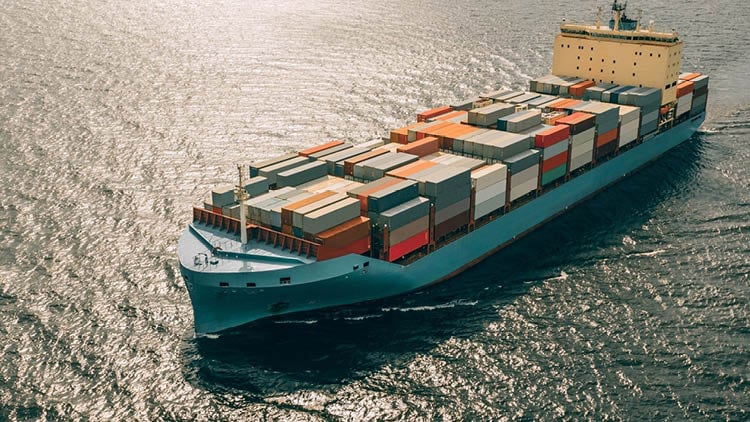Background
With continued developments in US trade policy, please see this week’s key updates in our latest round-up on tariffs, global tax and beyond.
The week in summary
EU backs US tariff framework, seeks breaks for key industries
The European Union is open to negotiating a trade deal with the United States that would introduce a standard 10% tariff on a wide range of EU exports. However, the EU is seeking assurances from Washington to lower tariffs in key industries such as pharmaceuticals, alcohol, semiconductors, and commercial aircraft. Additionally, the EU is urging the US to adopt quotas and exemptions aimed at softening the impact of existing tariffs, specifically the automotive, steel and aluminium tariffs.
European Commission officials briefed EU ambassadors on the ongoing US-EU trade talks during a closed-door meeting in Brussels on Monday 30 June, where the potential agreement was a key topic of discussion.
Initially, the Commission proposed a zero-tariff deal on industrial goods and increased purchases of US strategic exports like liquefied natural gas. But it now appears willing to accept a baseline 10% tariff, with the possibility of reduced rates for key sectors such as aircraft, where transatlantic supply chains are deeply integrated. Yet, EU member states are divided. Germany and Italy reportedly support the compromise, while France and Ireland remain skeptical. French President Emmanuel Macron said after the June 26 EU summit:
“If the US maintains 10% tariffs, there must be equivalent compensation, it must be 10% for 10%, or the equivalent.”
EU faces US tariff threat as deadline looms
Since April, EU companies have faced tariffs on €380 billion worth of annual trade with the US, covering around 70% of total exports. These include 25% duties on cars and parts and 50% on steel and aluminium. Washington is now considering expanding tariffs to additional sectors, including copper, lumber, aerospace components, pharmaceuticals, semiconductors, and critical minerals.
In response, the EU has approved retaliatory tariffs on €21 billion of US goods, though their implementation has been delayed until July 14. Meanwhile, the European Commission is preparing a broader €95 billion tariff package. On Thursday 3 July, EU Vice President Maroš Šefčovič is set to meet with US Commerce Secretary Howard Lutnick and Trade Representative Jamieson Greer to discuss a proposed two-page “agreement in principle.” The draft covers not only goods trade but also non-tariff issues such as digital regulation, food safety, and product standards.
Irish reaction
Senior officials in Dublin are increasingly alarmed that any potential agreement may still include a baseline 10% tariff. Speaking before an Oireachtas committee last week, Tánaiste and Minister for Foreign Affairs and Trade Simon Harris warned that such an outcome would pose “very significant challenges for certain sectors of the Irish economy.” and that “10 per cent is the new norm in terms of tariffs from a US perspective”.
Tánaiste Simon Harris is scheduled to travel to Berlin on Friday, July 4, for talks with his German counterpart. Ahead of that, he will brief the Government’s trade forum on Wednesday, just one week before the Trump administration’s deadline for a deal.
The forum will receive a new impact assessment on how tariffs could affect the Irish economy, alongside details of a national strategy for the semiconductor sector. The Government is especially concerned about the pharmaceutical industry, where nearly 90 companies employ around 50,000 people, including 30,000 working for -based firms with Mr Harris stating:
“As the prospect of a deal comes into view, it will have to be assessed against what exclusions from a baseline 10 per cent tariff can be secured, including scope for ‘zero for zero’ arrangements for key sectors, as well as clarity on the outcome of the section 232 investigations (which assess the impact of imports on US national security), including on pharmaceuticals, semiconductors and aviation.”
Key upcoming dates
The 90 day pause, implemented by President Trump, is due to end next Wednesday, 9 July. As of this date, it is expected that the increased country specific rates, announced on “liberation day” may be reimposed if a country has not agreed a deal with the US in advance.
While some agreements have been reached (UK, China, Vietnam), many countries are still engaged in negotiations with the US administration. On Tuesday, President Trump indicated that he does not expect to extend this deadline.
With this approach in view, impacted business should keenly watch for announcements coming from the US administration next Wednesday to understand the immediate impact for imports to the US.
We’re here to help you
Keeping up to date with US trade policies, trade agreements and new and existing tariff reviews which may lead to further tariff measures is crucial to assessing the risk to your supply chain and the impact these tariffs may have. Understanding your product portfolio and the impact that tariffs may have on your imports is an important first step. We are here to support your business with this analysis and navigating these choppy waters.
Specialist Tax Services
Helping businesses navigate risks and realise opportunities.
Contact us













Menu